#Kansai
Text
Inarizaki's Kansai Dialect
Japanese Dialects are split into Eastern and Western, with the Standard Japanese dialect being Eastern (Kanto region) and Kansai region dialect being Western (eg. cities of Osaka and Kyoto, and of course Hyogo prefecture- where Inarizaki is from). The pitch, tone, and stressing of the sounds is different from standard Tokyo Japanese so you should be able to hear the difference in how the Inarizaki members speak even if you don't know any Japanese.
just in case yall didn't know, Suna is the only member on the team that does not use Kansai dialect as he was scouted from Aichi prefecture, so he basically just speaks in the standard dialect
Some linguistics of the dialect that may or may not be heard in the show:
"ya" ending vs the standard "da" ending.
Kore kirai ya. vs Kore kirai da. (I hate this.)
the use of the "h" sound instead of "s"
Han vs standard san (honorific suffix, not really used anymore)
Negation suffix "-hen" instead of the standard "-nai".
Taichou kanri dekitehen koto, homen na. vs Taichou kanri dekitenai koto, homen na. (Don't compliment him when he's obviously not taking care of himself.)
verb "oru" vs the standard "iru".
Dareka ga mitoru yo, Shin-chan. vs Dareka ga miteiru yo, Shin-chan.
(Someone's always watching, Shin-chan.)
verb "temau" vs standard "teshimau"
Naitemau yaro! vs Naiteshimau darou! (You're gonna make me cry!)
Negation "suru" verb becomes "sen" instead of "shinai".
Ki ni sen dee. vs Ki ni shinai yo. (Don't worry about it.)
Some words that are different in Kansai dialect:
Honto becomes Honma (really)
Sodane becomes Seyade (thats right)
Nande becomes Nandeyanen (why)
Totemo becomes Meccha (very)
ii becomes ee (good)
"aho" means stupid in Japanese, but apparently in the Kansai dialect calling someone an "aho" is actually a compliment?! (even though it has the same definition)
Overall, I could watch the Karasuno vs Inarizaki episodes a hundred times just to listen to Inarizaki's dialect and how different it sounds to the rest of the characters in the entire show.
Although Karasuno speaks in the standard dialect (which isn't very strange since Miyagi is a suburb close enough to the Kanto region), theres a few lines here and there where one of them says something using the Tohoku dialect (the dialect that would be used often in the rest of Tohoku, such as Aomori).
But that can be a separate post for another day!

(I especially like Kita's voice, thank you Nojima Kenji.)
#haikyuu#inarizaki#japanese linguistics#japaneselanguage#japanese#kansai#kita shinsuke#miya atsumu#miya osamu#miya twins#suna rintarou#aran ojiro#ojiro aran#akagi michinari#anime#anime and manga#linguistics#dialect#kenji nojima#japanese language#karasuno#tokyo
86 notes
·
View notes
Text



枚方市民の森 // Flowers around Park
1K notes
·
View notes
Text



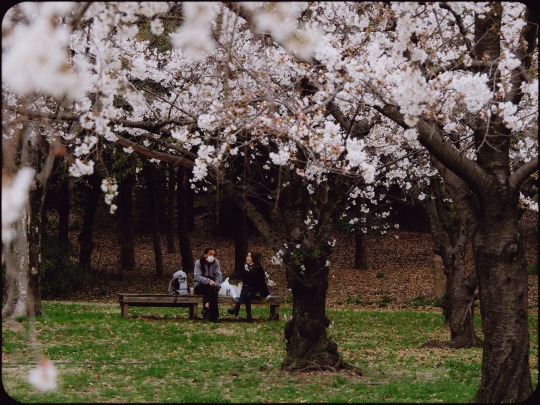
大阪城公園の花見
#josie.txt#my posts#my photos#japan#日本#flowers#japan travel#osaka#japanese#my photography#street photography#nature#nature photography#sakura#cherry blossoms#kansai#大阪#桜#花見#さくら#japan aesthetic#anime#manga#anime aesthetic#pink aesthetic#pink#soft girl#soft aesthetic#soft pink#spring
224 notes
·
View notes
Text
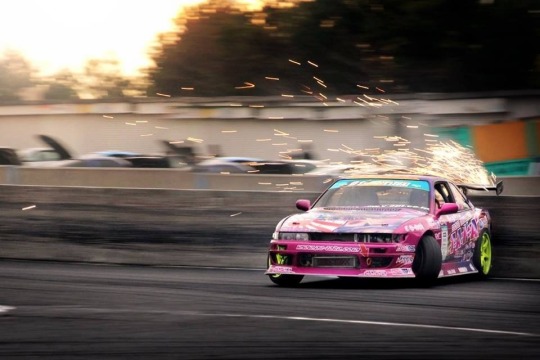
429 notes
·
View notes
Photo
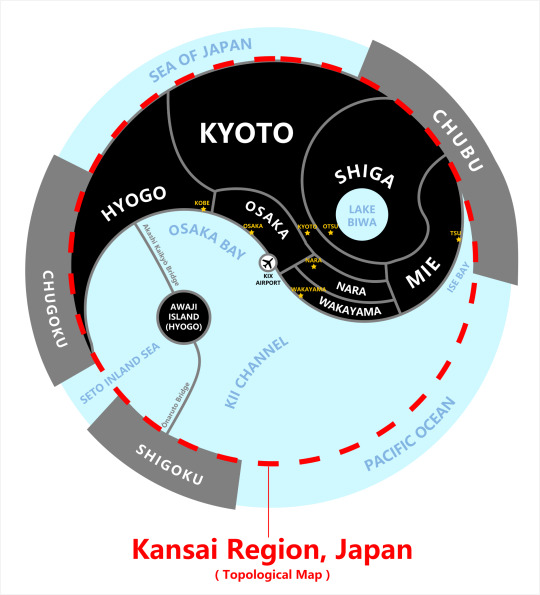
Topological Map of Kansai Region, Japan
by BerryBlue_BlueBerry
Lake Biwa and Awaji Island has similar shape and size, which make Kansai look like a yinyang symbol to me.
196 notes
·
View notes
Text





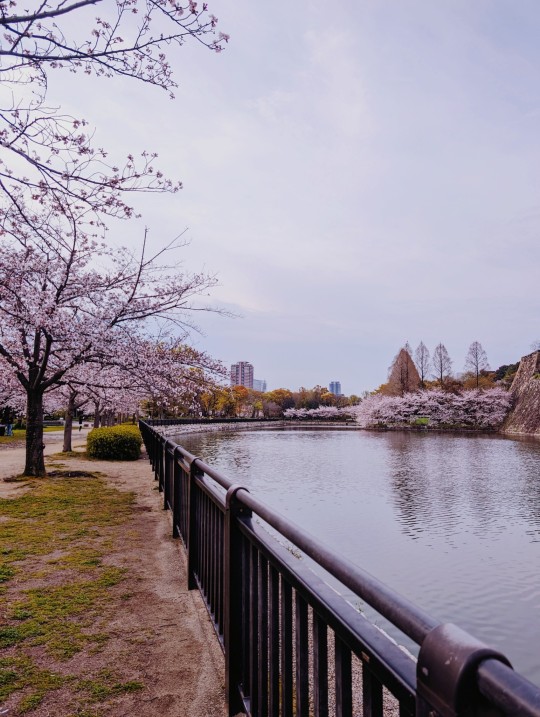


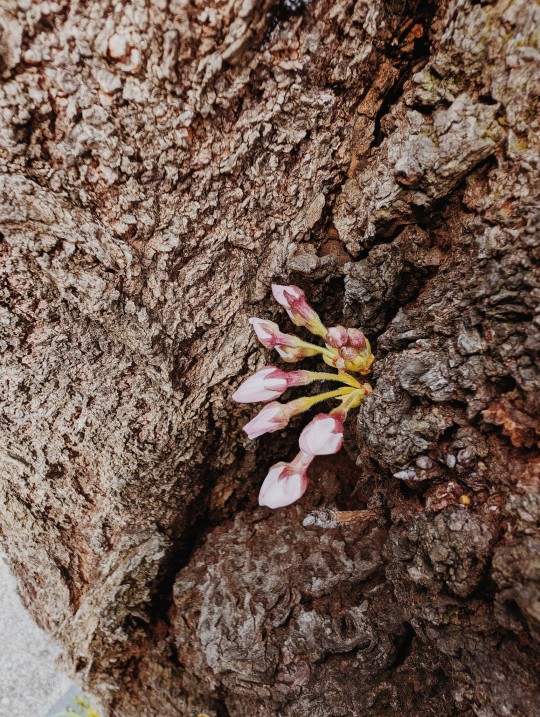
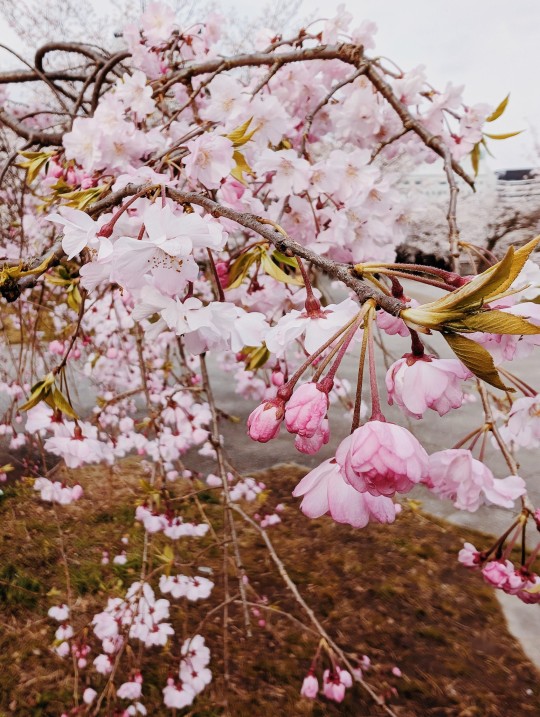
Osaka Castle Park Spring 2024
#japan#kansai#osaka#sakura#photography#cherry blossoms#spring#life in japan#traveling#japan travel#travelling#travel pics#japan aesthetic#aesthetic#pink flowers#pinkcore#landscape#nature#flowers#flowercore#japanese architecture#japanese culture#explore#osaka castle park#castles#inspiration
66 notes
·
View notes
Text

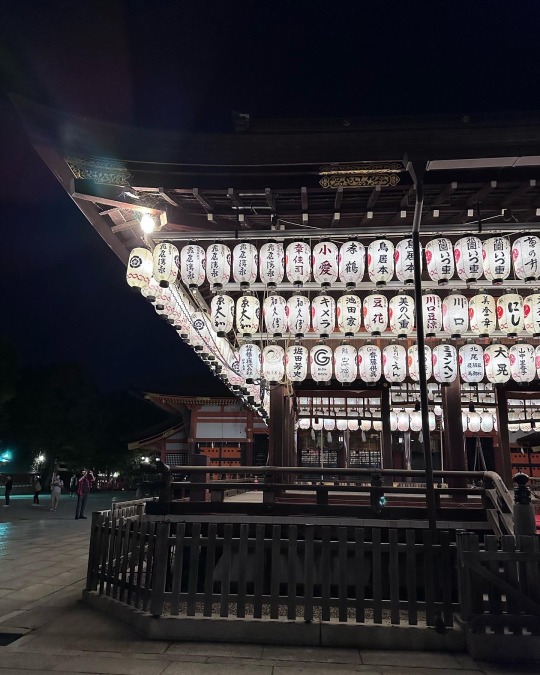
My Japan Trip : Yasaka Shrine
Yasaka Shrine is well known for its summer festival, the Gion Matsuri, which is celebrated every July.
95 notes
·
View notes
Photo

By Godive2000
Hyōgo, Kansai, Japan
122 notes
·
View notes
Text
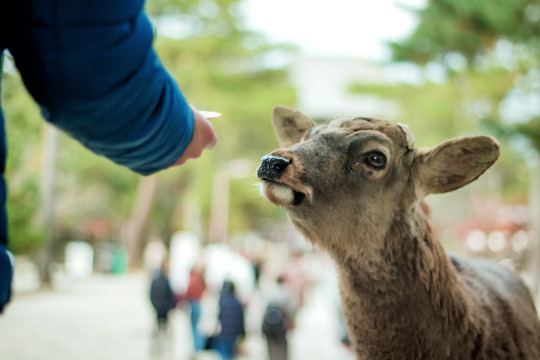
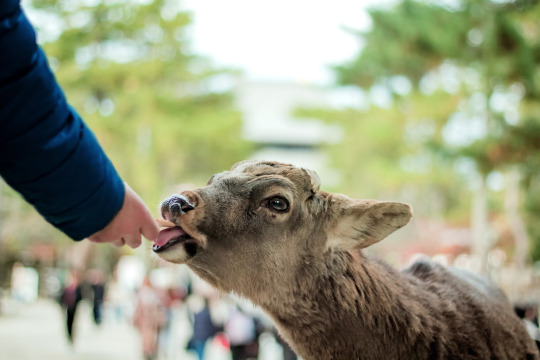
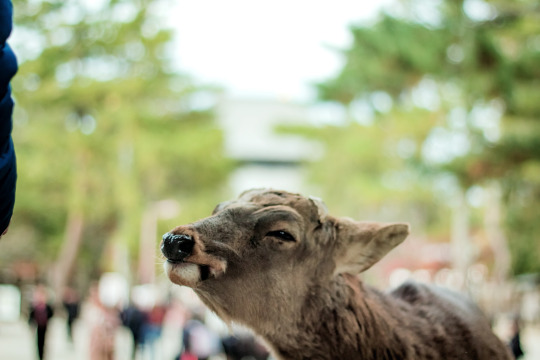
鹿 Deer in Nara
#deer#nara#japan#kansai#photography#original photography blog#japan photos#nature#cute#beautiful#japanese#original
56 notes
·
View notes
Text
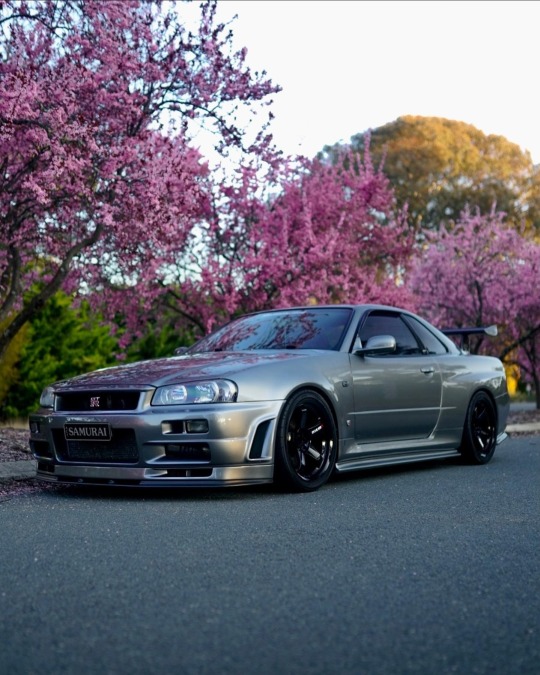


🌸 R34 🌸
#tea's car collection#nissan#nissan skyline gtr#nissan skyline r34#skyline gt r#skyline r34#jdm cars#jdmclassic#japan#kansai#car photography#vintage cars#japanese cars
462 notes
·
View notes
Text

07.05.2023 | Kyoto, Japan
#japan#kyoto#kansai#gion#arashiyama#bamboo#bamboo forest#memoirs of a geisha#rainy#rainyday#rainymood#nature#japanese garden#x100v#fujifilm#fujixseries#couple
60 notes
·
View notes
Text

The Sakaiminato power station run by Kansai Electric Power Co fired by natural gas (Kyodo)
#Sakaiminto#power station#Kansai#power company#natural gas#infrastructure#energy#energy plant#Japan#日本
32 notes
·
View notes
Text





吉野山
#Japan#my posts#my pictures#sakura#cherry blossoms#kansai#Osaka#Nara#Kyoto#shiba#shiba inu#Japanese#japan aesthetic#japan travel#life in japan#anime#manga#tanuki#日本#犬#桜#さくら#奈良#京都#大阪#関西#吉野山#my photography
125 notes
·
View notes
Text
関 (seki) "barrier, connection"

This kanji character is rarely used on its own, but is often found combined with other characters.
For example, 関西 (Kansai) and 関東 (Kanto).
Since ancient times there has been a road from Tokyo (the current capital) to Kyoto (the former capital). At the mid-way point there used to be a large gate. This led to people thinking of places in Japan as being either "West of the barrier" 関西 (Kansai), or "East of the barrier" 関東 (Kanto). To this day, the distinction still exists, and there is still a fair amount of good-natured East-side/West-side rivalry.
Although this character refers to a barrier, it is found in words related to "connection" such as 関係 "relationship" and 関心 "concern/interest".
It seems as if, as far as the Japanese language is concerned, a boundary is not only something that can form a barrier between two things, but also something which can connect two previously unrelated things.
#japanese language#japanese culture#japan#書道#japanese#japanese calligraphy#japanese art#calligraphy#kanji#japanese langblr#kansai#kanto
50 notes
·
View notes
Photo
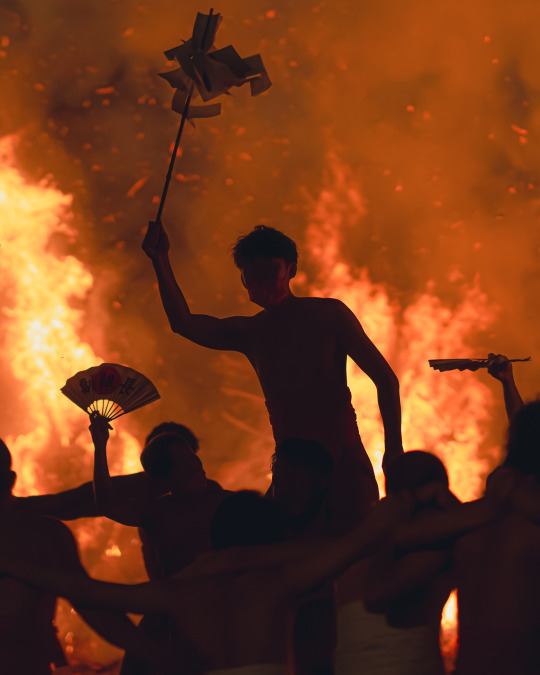



勝部の火まつり Katsube Fire Festival
photo: @EiichiYoshioka
#photography#photographer#original photographers#artists on tumblr#lensblr#japan#fire festival#kansai#festival#shiga#moriyama
224 notes
·
View notes
Text
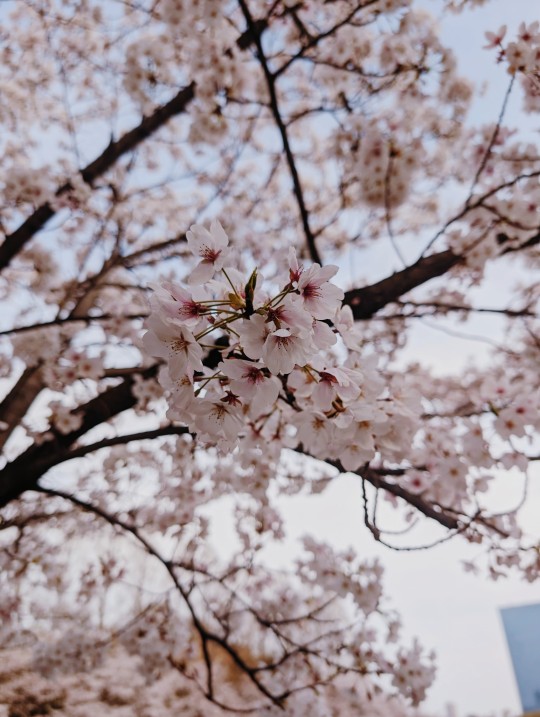


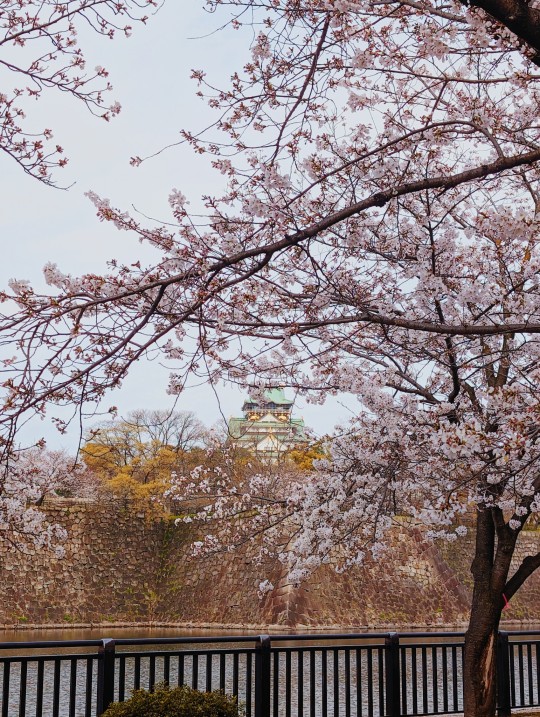




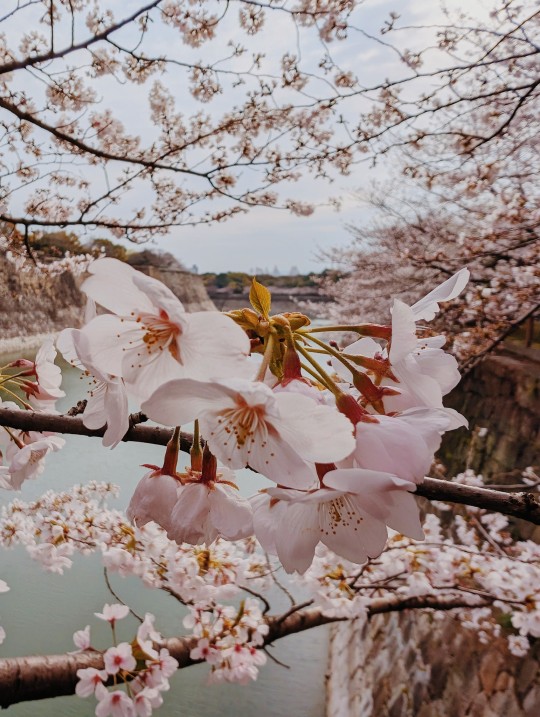
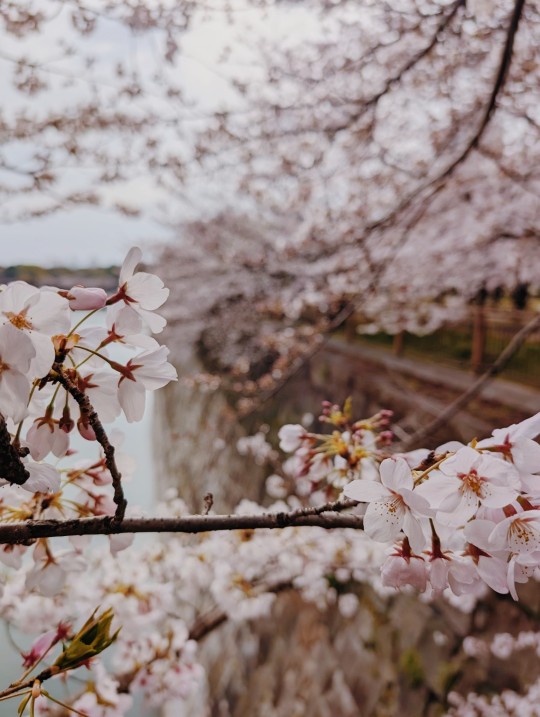
Osaka Castle Park in April 2024
#japan#osaka#kansai#sakura#photography#cherry blossoms#spring#osaka castle park#aesthetic#aesthetics#pink flowers#pink#pinkcore#japan aesthetic#japanese architecture#japanese culture#castles#life in japan#japan travel#traveling#travel#explore#inspiration#flowercore#landscapes
48 notes
·
View notes